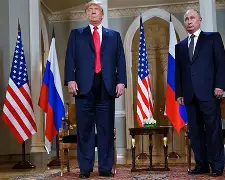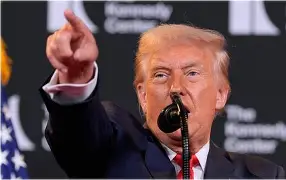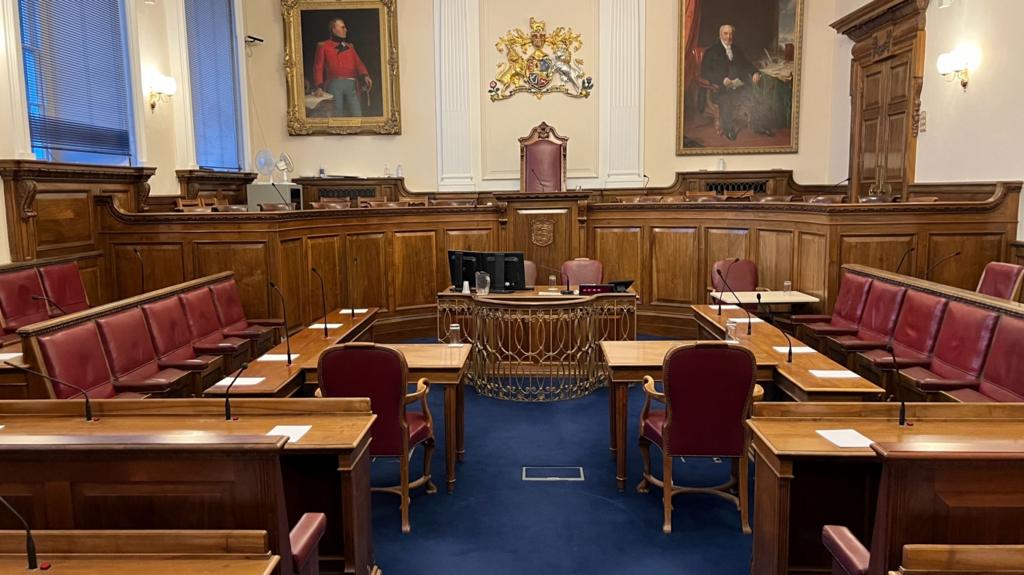Introduction
In an unexpected twist to the ongoing Ukraine conflict, former U.S. President Donald Trump has announced that he will meet Russian President Vladimir Putin in Alaska for direct talks aimed at negotiating a path toward peace. The announcement, made during a press conference in Florida, has already triggered intense debate among political analysts, global leaders, and the general public.
His bold statement has fueled speculation that this Alaska summit could mark a dramatic shift in the diplomatic landscape surrounding the Russia–Ukraine war.
This article dives deep into the significance of the talks, the history between Trump and Putin, the geopolitical stakes, and what the world can expect when these two controversial leaders sit down face-to-face.
Why Alaska? The Symbolism of the Location
Choosing Alaska as the meeting venue is no accident. Geographically, Alaska sits less than 55 miles from Russia at its closest point across the Bering Strait. Politically, it offers a neutral yet symbolically charged stage for U.S.–Russia diplomacy.
It was also the site of joint military exercises in the post-Soviet 1990s. Holding talks here sends a message: both sides are meeting “halfway” — quite literally.
Analysts also note that Alaska carries a subtle reminder of U.S.–Russia historical ties, given that America purchased it from the Russian Empire in 1867. While the sale remains a point of pride in U.S. history, in modern Russian political discourse it sometimes surfaces as a symbol of lost territory — a reminder of past concessions.
The State of the Ukraine Conflict in 2025
The Ukraine war, now entering its fourth year, has evolved from a fierce military confrontation into a grinding war of attrition. While Ukraine has managed to maintain its independence and reclaim parts of occupied territory, Russia continues to hold significant ground in the east and south.

Diplomatic negotiations have repeatedly stalled. Peace proposals from the UN, Turkey, and other mediators have failed to gain traction. Sanctions on Russia remain in place, and Western military aid to Ukraine continues, but fatigue is setting in on both sides.
A Trump–Putin meeting could be viewed as an unconventional diplomatic channel — not sanctioned by the current U.S. administration — but one that might test the waters for a breakthrough or, at the very least, reduce tensions.
Trump’s Position and Political Calculations
Trump has long maintained that his personal rapport with Putin could lead to more effective negotiations than those conducted by traditional diplomats. “I know how to deal with him. I know how to make a deal,” he said at a recent rally.
While critics accuse him of being overly sympathetic to the Russian leader, Trump argues that diplomacy requires pragmatism and direct engagement. His Alaska meeting appears timed to reinforce his foreign policy credentials ahead of the 2024 election cycle aftermath, as he positions himself as a potential statesman-in-waiting.
Putin’s Motives
For Putin, agreeing to meet Trump — who currently holds no official office — is a calculated risk. On one hand, it allows him to appear open to dialogue without conceding to the current U.S. administration’s terms. On the other hand, it risks further isolating him if the talks fail.
Russian state media has framed the meeting as a “discussion between experienced leaders” who can speak frankly without bureaucratic interference. Some Kremlin insiders reportedly see it as a way to test U.S. political divisions and possibly secure more favorable terms in future negotiations.
International Reactions
Ukraine’s Response
Ukrainian officials have reacted cautiously. While Kyiv has expressed willingness to consider any peace initiative that leads to a complete Russian withdrawal, President Volodymyr Zelensky emphasized that “no backroom deals” should undermine Ukraine’s sovereignty. Privately, Ukrainian diplomats are concerned that Trump might push for a ceasefire that freezes the conflict along current frontlines — a scenario they view as unacceptable.
NATO and the EU
European leaders have mostly refrained from open criticism but have hinted that any Trump–Putin agreement would need alignment with the broader Western strategy. NATO Secretary-General Jens Stoltenberg stressed that “unity among allies” remains critical, and any deal must respect Ukraine’s internationally recognized borders.

China’s View
Beijing has taken note of the Alaska talks, seeing them as another sign of shifting global power dynamics.
Historical Context: Trump and Putin’s Relationship
During Trump’s presidency (2017–2021), relations with Russia were complex.
Notable moments include:
The 2018 Helsinki Summit, where Trump faced criticism for appearing to side with Putin over U.S. intelligence agencies regarding election interference.
Direct military coordination in Syria to avoid accidental clashes between U.S. and Russian forces.
Proposals for renewed arms control talks, which ultimately stalled.
Possible Outcomes of the Alaska Summit
1. A Ceasefire Proposal
The most optimistic scenario involves a framework for a ceasefire, possibly including a temporary halt to offensive operations and the establishment of demilitarized zones. However, such an agreement would face resistance from Kyiv unless it ensures full Russian withdrawal.
2. Prisoner Exchanges and Humanitarian Corridors
Even if larger peace terms fail, Trump and Putin could agree on smaller steps — such as expanding humanitarian aid, securing safe corridors for civilians, or arranging prisoner swaps.
3. Pure Political Theater
Some analysts believe the Alaska talks may be more about political optics than substantive progress. Both leaders could use the meeting to project strength to their domestic audiences without making significant concessions.
Expert Analysis
Dr. Fiona Wallace, Georgetown University: “This meeting is unusual in that it bypasses official diplomatic channels, but that could also make it more flexible. The risk is that it undermines coordinated Western efforts.”
Mark Sokolov, Moscow-based political analyst: “Putin knows Trump speaks his language — not literally, but in terms of direct deal-making. He will test whether Trump is willing to push Ukraine toward compromises it has so far rejected.”
Lt. Gen. Robert Hughes (Ret.): “If Trump can secure even a small humanitarian agreement, it will be a political win. But real peace requires more than personality politics.”
Challenges Ahead
Legitimacy Concerns: Without official U.S. government backing, any agreement would have no binding authority.
Ukraine’s Sovereignty: Any suggestion of territorial compromise could damage Trump’s credibility in the West.
Domestic Backlash: Both leaders face internal critics — in the U.S., Trump risks accusations of undermining official policy; in Russia, Putin faces nationalist hardliners opposed to any concessions.
What to Watch For in Alaska
The tone of the opening statements.
Whether Ukraine is represented or consulted during the talks.
Body language — often a clue in high-level diplomacy.
Whether the meeting ends with a joint statement or only separate press conferences.
Conclusion
The upcoming Trump–Putin talks in Alaska are a diplomatic gamble, a media spectacle, and potentially a turning point in the Ukraine war — all rolled into one. Whether they produce tangible results or simply reinforce each leader’s public image, the meeting underscores one undeniable fact: even in 2025, personalities still play a decisive role in world politics.
As Trump put it, “We’ll see what happens. But I can tell you this — he won’t mess around with me.” The world will soon find out if that confidence is well-placed.



